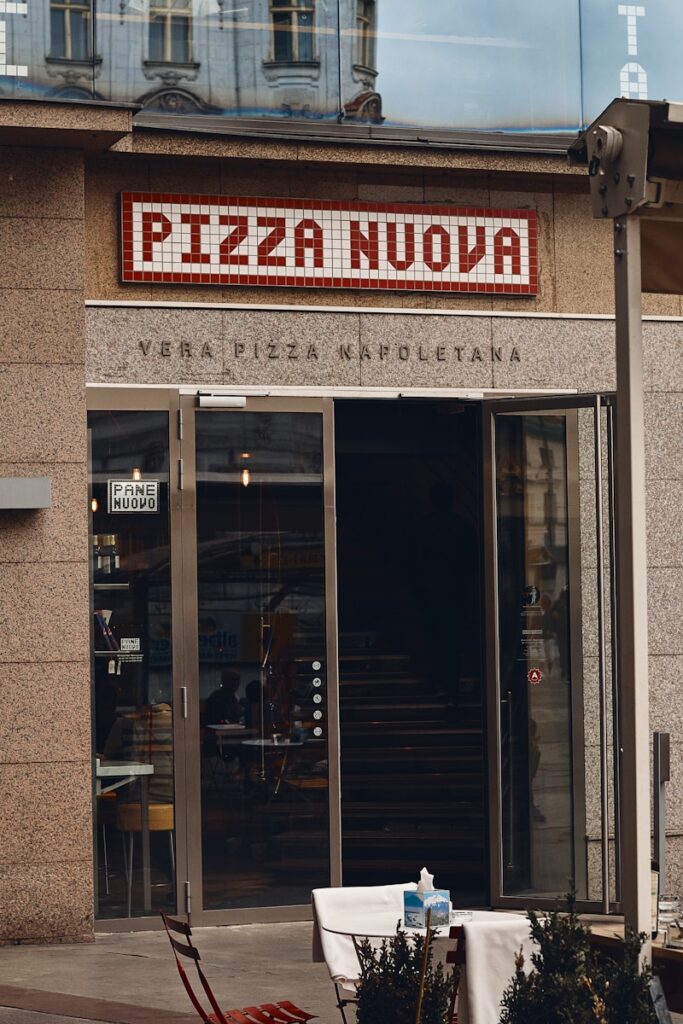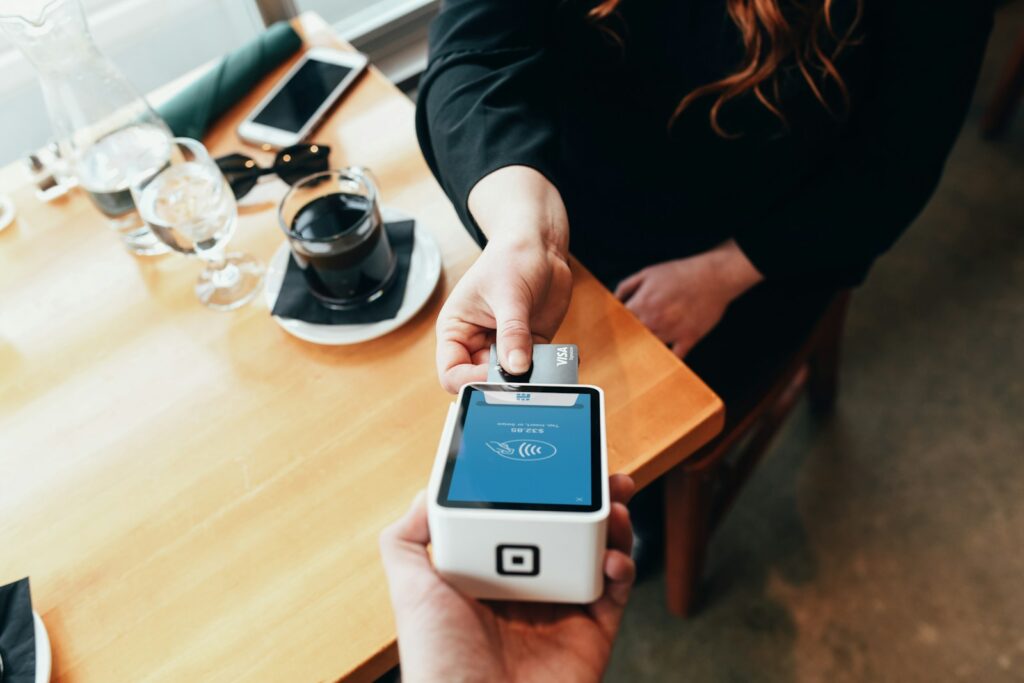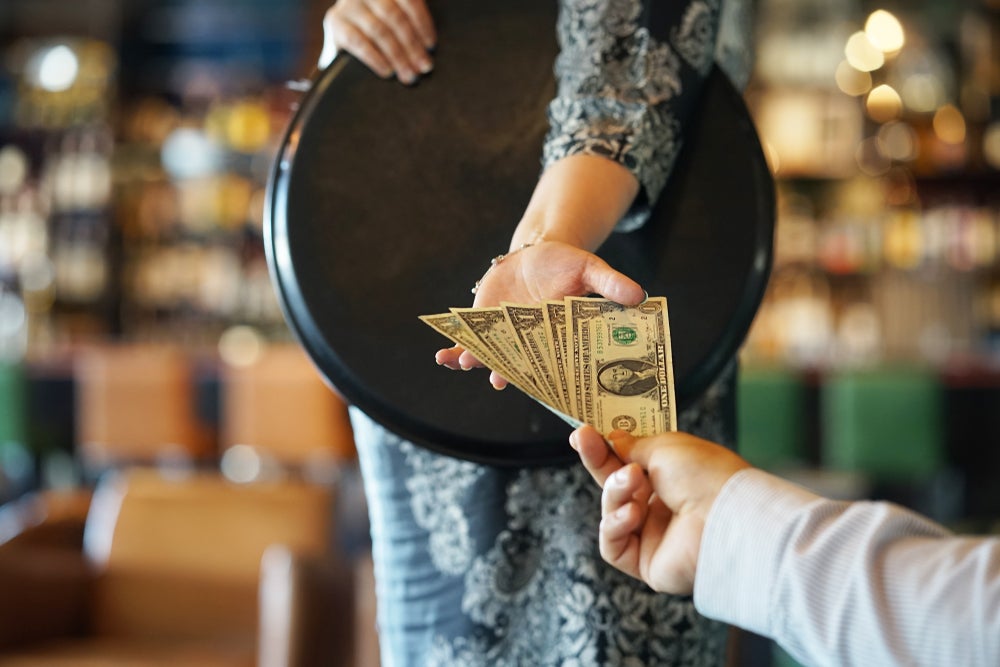
Tipping has long been a subject of lively debate in the United States, a practice deeply ingrained in the service industry yet increasingly scrutinized by both patrons and workers alike. Conversations often revolve around appropriate percentages, the moments when tips are expected, or even fundamental questions about whether the current system should be replaced by higher hourly wages for service staff. In a landscape where these discussions are commonplace, disputes over gratuity are not just theoretical; they manifest in real-world interactions, sometimes taking unexpected and dramatic turns.
A striking example of how a seemingly generous act can evolve into significant conflict emerged from Scranton, Pennsylvania. Alfredo’s Cafe, an eatery familiar to fans of a popular comedy series, found itself entangled in a legal battle after a customer left an exceptionally large tip, only to later dispute the charge. What began as a gesture of purported goodwill transformed over time into a source of financial strain and emotional distress for the restaurant’s staff and management, highlighting the unpredictable nature of tipping dynamics.
The incident traces back to 2022, when a customer named Eric Smith visited Alfredo’s Pizza Cafe for lunch. The restaurant, nestled in Scranton, holds a certain cultural recognition due to its mention in the hit show “The Office,” lending it a layer of local charm and notoriety. On this particular day, Smith placed a simple order, opting for a plate of stromboli, which resulted in a modest bill totaling just $13.

The $3,000 Tip Fiasco: A Generous Gesture Turns Sour
However, when it came time to settle the check, Smith’s action went far beyond the conventional. Instead of adding a standard gratuity reflecting a percentage of the $13 meal cost, he chose to leave a colossal tip amount: $3,000. This sum was vastly disproportionate to the price of his order, immediately catching the attention of the staff and the specific server who received it, Mariana Lambert.
The sheer scale of the tip naturally prompted astonishment and disbelief among the restaurant employees. For Mariana Lambert, the server, the unexpected windfall was deeply moving. Reflecting on the moment, she shared her profound emotional reaction to the gesture, particularly in a time when many were navigating personal difficulties.
Lambert recounted her feelings to local news, stating, “It really meant a lot to me because everyone’s going through stuff. It really touched my heart. I still can’t believe it. I’m still in shock.” Her words conveyed the significant impact such a large and unexpected sum could have on an individual working in an industry where tips constitute a critical part of income, especially as restaurants were still in a phase of recovery following significant disruptions like the COVID-19 closures.
Adding a layer of intrigue to the generous act, Smith reportedly indicated that his substantial tip was influenced by a social media phenomenon known as “Tips For Jesus.” This trend, which originated in 2013, encouraged individuals to leave exceptionally large tips, often documented and shared online, purportedly in the name of religious inspiration. The movement gained visibility initially when a participant who tipped over $1,000 began documenting these actions on social media platforms to inspire others to similarly contribute to service workers.
Read more about: 11 Controversial Men’s Fashion Trends That Ignite Passionate Debates
From Joy to Legal Battle: The Aftermath of a Disputed Gratuity
Given the extraordinary amount, the staff at Alfredo’s Pizza Cafe initially suspected that the $3,000 figure might have been entered in error. It seemed too large to be intentional for a $13 meal. Acting prudently, the restaurant workers and management took steps to verify the gratuity with Smith directly. They reportedly checked with him to confirm that he had indeed meant to leave a tip of that magnitude and verified his identity, noting a peculiar detail: a note left on the check accompanying the tip simply read “Tips for Jesus.
The credit card payment for the meal, including the $3,000 tip, was processed and cleared. The initial shock among the staff at the pizza restaurant was quickly followed by a period of relief and excitement, believing they had been the recipients of a truly magnanimous and intentional act. This positive feeling permeated the cafe, particularly for the server, who had received the substantial amount.
However, the joy derived from the unexpected tip was not destined to last. Time passed, approximately three months later, when the situation took a dramatic and unwelcome turn for Alfredo’s Cafe. The restaurant received official documentation in the mail disputing the $3,000 charge that had been added as a tip to Eric Smith’s original bill.

The arrival of the charge dispute document presented a significant problem for the restaurant’s finances and operations. Zachary Jacobson, the manager of Alfredo’s Pizza Cafe, explained the challenging position the restaurant found itself in. By the time the dispute arose, the gratuity had already been processed and paid out to the server, Mariana Lambert, as is customary practice for tips received by staff.
As a result, the restaurant did not have the $3,000 readily available to return to the customer as requested by the dispute. Jacobson articulated the frustration and disappointment felt by the staff, having initially perceived the tip as a genuine act of kindness intended to benefit their employee. He conveyed the sentiment, stating, “We thought somebody was actually trying to do a good thing.”
Jacobson continued to describe the ensuing situation, noting how the passage of time had solidified the negative outcome. “And then now we are, what, three months later? Not even, and there’s nothing. There’s nothing to show for it at this point,” he stated, highlighting the contrast between their initial hopes and the stark reality of being out the significant sum.

Facing this unexpected financial shortfall and the disputed charge, the restaurant attempted to communicate with Smith directly to resolve the issue. They reportedly reached out to him through the social media platform Facebook, hoping for a misunderstanding or a willingness to discuss the situation and find an amicable solution. However, according to the restaurant’s manager, these efforts were met with silence.
The manager indicated that the customer eventually stopped responding to their messages on Facebook, leaving the restaurant with limited options to recover the funds or understand the sudden reversal of the initial gesture. This lack of communication effectively closed off avenues for informal resolution, forcing the cafe to consider more formal steps.
Feeling cornered and out of the considerable sum, Alfredo’s Cafe concluded that they had no alternative course of action. They felt compelled to pursue legal means to address the disputed charge and attempt to recover the $3,000 that had been paid out to their server. This led the Scranton restaurant to make the difficult decision to take the customer, Eric Smith, to court.

Tipping Confusions: When Good Intentions Go Awry
The process began with filing charges through the magistrate’s office. Jacobson explained the necessity of this step from the restaurant’s perspective, stating, “Unfortunately, we had to file charges through the magistrate’s office because now we’re just out of this money at this point.” He also referenced communication with Smith that indicated the customer was not amenable to settling the matter outside of court, adding, “And he told us to sue him. So that’s what we’re going to end up doing, I guess.”
As the news of the lawsuit unfolded, the local community reportedly showed support for Alfredo’s Cafe. An effort was initiated to set up a GoFundMe online fundraiser to help the restaurant recoup the lost funds. However, this community-led initiative was ultimately shut down, as it appeared that Alfredo’s was not prepared or willing to accept cash donations to resolve the issue arising from the disputed credit card charge.
This particular dispute in Scranton, while dramatic due to the amount involved and the legal aftermath, occurred within a broader context of ongoing debates and smaller-scale conflicts surrounding tipping practices. Tipping remains a hot topic, marked by varying expectations and experiences from state to state and establishment to establishment, particularly in the United States where it is a predominant feature of service worker compensation.
Take, for instance, another recent account shared online by a restaurant customer that also highlighted the potential for confusion and disagreement regarding gratuity. This customer explained how she had met a friend for breakfast and, after the meal, decided to leave a significant tip of 35 percent, an amount generally considered well above the baseline 20 percent often cited as a good tip.

However, the customer’s generous 35 percent tip encountered an unexpected hurdle. She had chosen to pay for the meal, including the gratuity, using a gift card rather than cash or a standard credit card. This method of payment for the tip prompted a surprising reaction from the server attending to her table.
According to the customer’s recollection shared online, the server confronted her after the transaction, stating, “I don’t know if you guys know this, but it is really rude not to tip your server.” When the customer expressed confusion, believing she had indeed left a substantial tip, the server clarified the issue from their perspective.
The server’s response was explicit and, for the customer, perplexing. The server reportedly told her, “No, it doesn’t count if it’s a gift card’.” This assertion left the customer bewildered about the validity of her attempt to tip using the gift card’s balance. She voiced her confusion, saying, “I was like, ‘I don’t think that’s how gift cards work…’ Maybe she’s right – does that tip not count if it’s from a gift card.
The customer’s query about whether a tip paid via gift card is considered legitimate sparked discussion among others online. While many commenters felt that tipping with a gift card should be acceptable, some noted that the policy might not be universally applied and could vary depending on the specific restaurant or establishment’s rules regarding gratuities on gift card payments.
Read more about: Turn Your Closet into Cash: How to Launch a Profitable Online Reselling Side Hustle This Summer

Providing different perspectives based on their experiences, individuals commented on the variability of such policies. One person shared their knowledge, writing, “Most of the restaurants I have worked at didn’t allow tipping on the gift cards.” Another commenter corroborated this inconsistency, stating, “Some places it does some places it doesn’t.”
A third perspective offered a different experience, suggesting that using the remaining balance on a gift card for a tip had been acceptable in their past interactions. This commenter noted, “I’ve always given the extra balance (plus a little more if it wasn’t enough) and no one has ever given me grief!” These varying accounts underscored that the seemingly simple act of leaving a tip can become complicated by the method of payment and differing internal restaurant policies.
The story from Alfredo’s Cafe and the experience with the gift card tip, though distinct in their specifics, both serve as illustrations of the complex and sometimes contentious landscape surrounding tipping in the service industry. They demonstrate how moments intended as straightforward transactions or even gestures of generosity can unravel into confusion, conflict, or, in the case of the Scranton cafe, formal legal action.
At the time details of the Scranton lawsuit became public, the case against Eric Smith was still pending, with no update on its resolution having been publicly shared by the restaurant. Despite the uncertainty of the legal outcome, the manager, Zachary Jacobson, expressed confidence that there was sufficient evidence for a judge to rule in the restaurant’s favor.

Beyond the Dollars: The Emotional Toll of Tipping Drama
Yet, beyond the legalities and the financial implications, the incident left a deeper impact. The manager noted that the experience had hurt the staff’s feelings, particularly because the situation stemmed from something that was initially perceived as a positive event, a sign of generosity and appreciation in challenging times. The turn of events transformed potential goodwill into a source of significant distress.
The saga of the $3,000 tip that ended up in court serves as a stark reminder of the intricate and often unpredictable nature of human interactions within commercial settings. It underscores how intentions, expectations, and policies can intersect in ways that lead to unforeseen consequences, turning a simple meal and a seemingly generous act into a complex legal battle and a poignant lesson in the potential pitfalls of gratuity.
Related posts:
Customer left stunned after server refused 35% tip claiming it ‘didn’t count’
Restaurant sues customer after he left £2,300 tip on a £10 meal
Customer leaves a generous $3,000 tip on $13 food bill — then the restaurant decides to sue him



